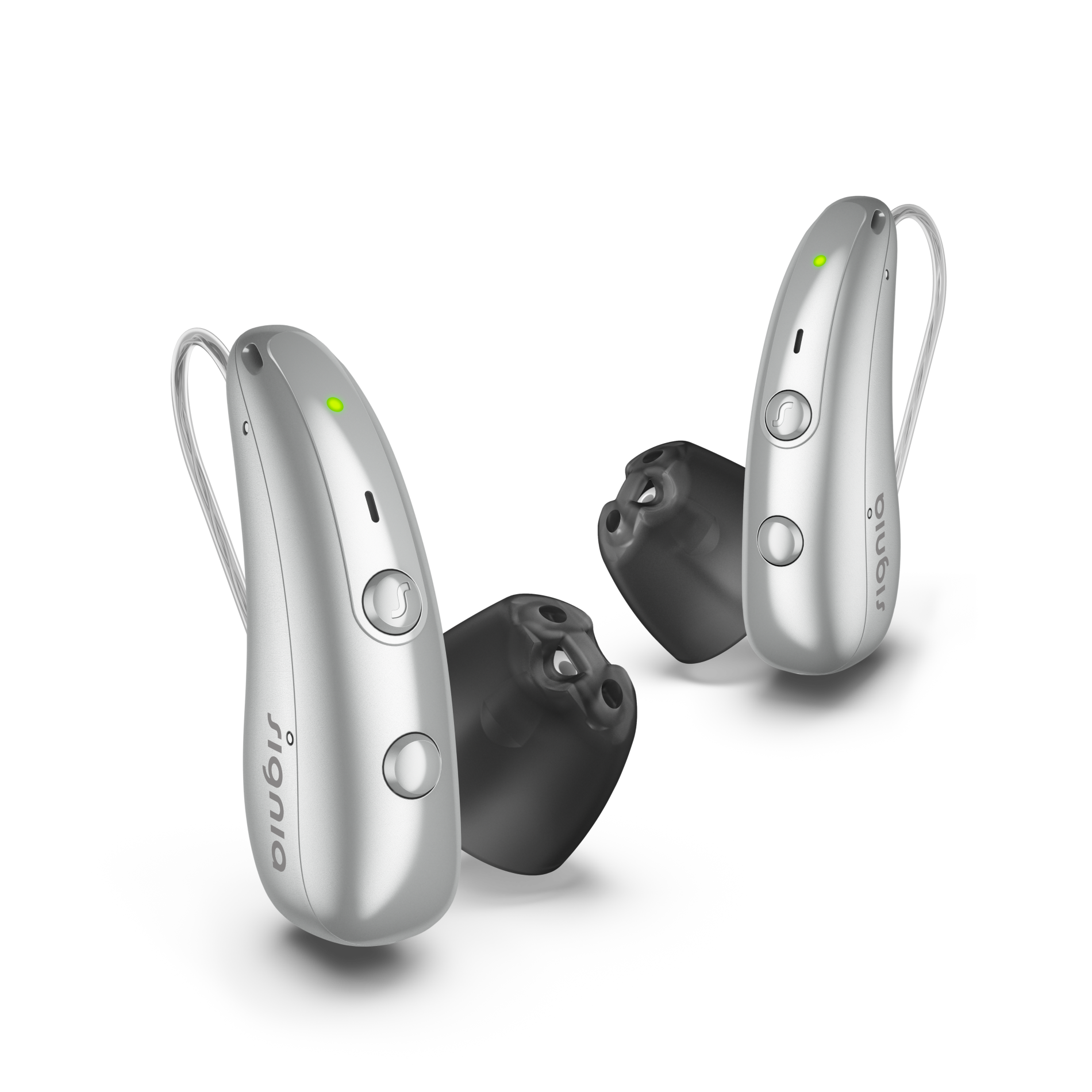
Signia launched their IX family of hearing aids at the tail end of 2023, which included a collection of receiver-in-canal style hearing aids and also a modular completely-in-canal model. From the Pure Charge & Go, the Pure Charge & Go T IX, the Pure Charge & Go IX CROS, the Silk Charge & Go IX, and last but definitely not least, the Silk Charge & Go IX CROS. But something was missing. In fact, something was missing that we didn’t even know was missing. And you’re about to get the full lowdown now.
Drum roll, please. Ladies and gentlemen, introducing the Signia Pure Charge&Go BCT IX.
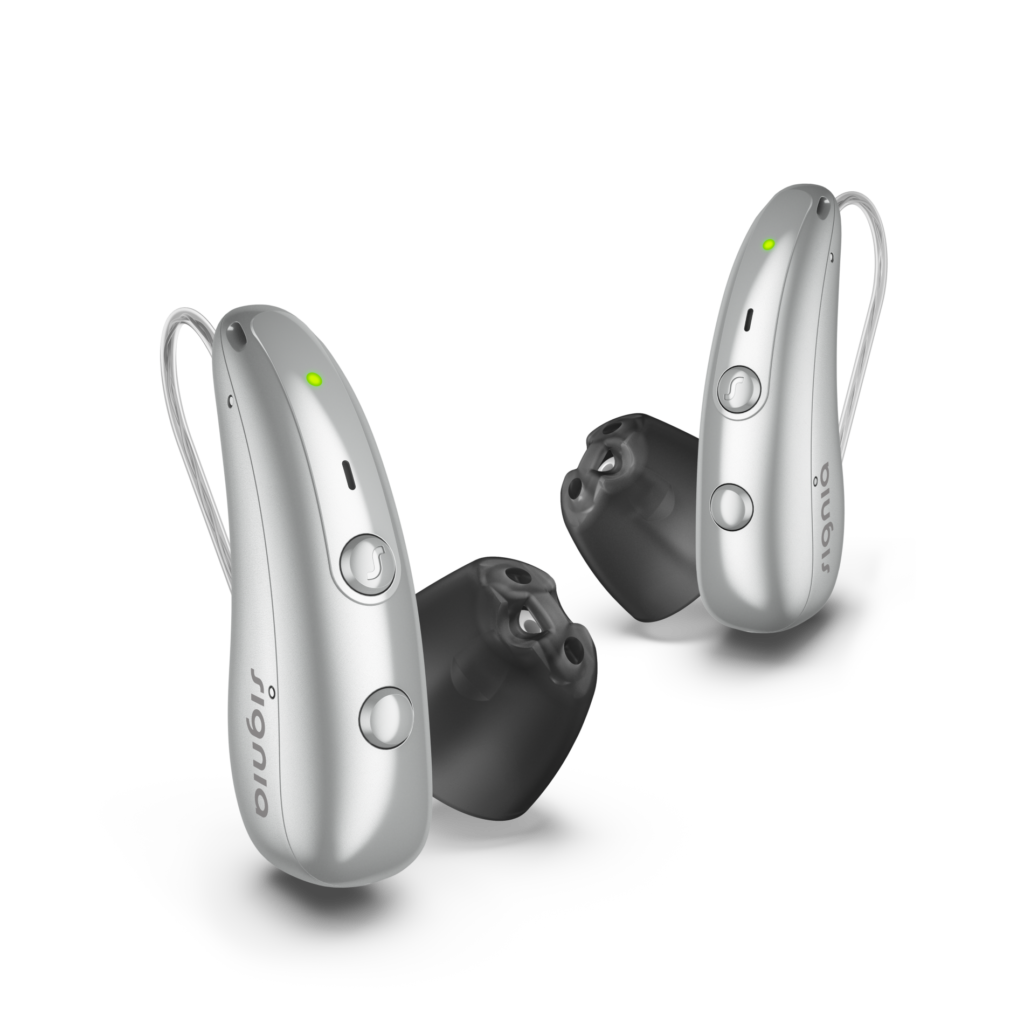
Breaking down the name
“Pure” relates to this being Signia’s receiver-in-canal form factor, which doesn’t replace but is in addition to their EX, T IX, and CROS models.
The “Charge&Go” element means that it’s rechargeable, with a single three-hour charge providing up to 36 hours of battery life.
The “BC” stands for Bluetooth Classic, which is the main focus of this new model, meaning all-around connectivity to any classic Bluetooth device without the current Bluetooth restrictions that come with LE Audio.
“T” means that this tech has a telecoil, which is not so common nowadays, with some manufacturers following the introduction of Auracast technology.
And then finally, “EX” stands for Integrated Experience, which is Signia’s latest platform.
Now, it’s also worth noting that this new hearing aid doesn’t supersede Signia’s previous EX models, but it nicely fills a gap in Bluetooth connectivity, which until now was only achievable with both Phonak and Unitron hearing aids.
Suitability
These hearing aids are suitable for a wide range of hearing losses. And if your audiogram fits within the gray shaded area on any of these images, then they’re technically suitable for you.
Each graph represents different powers of the receiver or speaker, of which your audiologist should technically choose the most appropriate one for you and your hearing loss. So if you have mild, moderate, severe, or profound hearing loss, there is technically an option suitable for you.
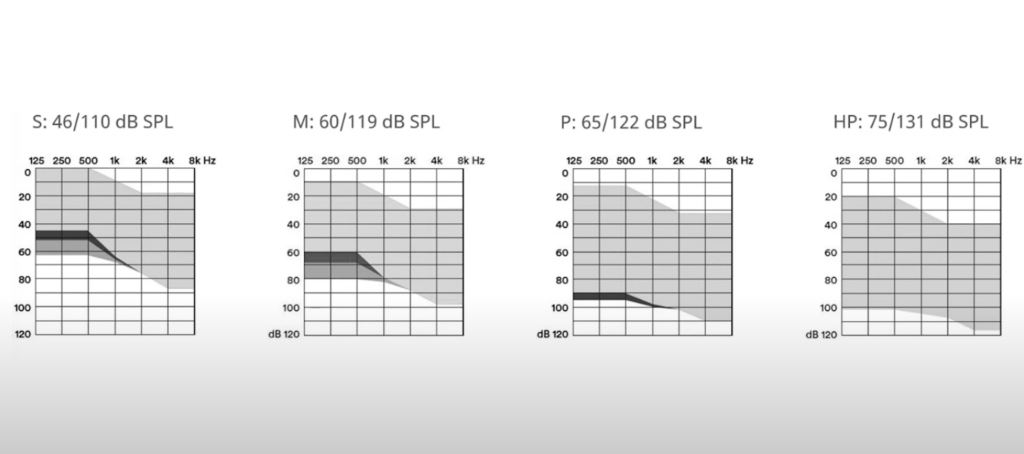
Technology levels
Signia is initially releasing this new hearing aid in three different technology levels — the 7X, 5X, and 3X, with the former being the most advanced of the range.
I’ll cover the differences fully in my full review later on in the year when I’ve had the opportunity to test them out.
Speech understanding in background noise
Speech understanding in background noise is the holy grail for anybody with hearing loss. And Signia utilises something called directional beamforming technology in these hearing aids, which, in brief, is when the microphones on your hearing aids work together in a noisy environment and heavily focus on what’s in front of you – all with the goal of avoiding picking up sounds that you’re not looking at, so things that are going on to the side or behind you.
In practical terms, if you’re in a restaurant, for example, they’ll aim to focus on the person opposite, reducing extraneous sounds.

Directional beamforming explained
Whilst this isn’t a new concept, Signia is boasting that they have supercharged these hearing aids and taken them to the next level with their new real-time conversation enhancement technology, which, in their words, “analyses, augments, and adapts to the dynamic flow of conversations.”
How do they do this?
Well, these hearing aids are continually analysing your listening situation, to the tune of measuring 192,000 data points per second – deciding on the most appropriate way for the hearing aids to react, and then delivering the most likely sounds that you want to hear by utilising this adaptive directional beamforming technology.
This means in practice that these hearing aids not only focus their microphones forward when you’re in background noise, but they are also capable of accurately pinpointing multiple moving speakers in real-time conversations and then adapting the microphones to follow these conversations.
Signia claims that with this faster processing, the hearing aids are not only detecting who you’re speaking to, but they’re also monitoring their movement. And, they will lock onto that person speaking in front of you and then update the microphone position 1,000 times per second – tracking and highlighting each person speaking amongst any background noise and then adapting the microphone position to their movement.
Now, Signia has so much confidence in this feature that their research shows 95% of participants in their studies showed an improved performance with this feature enabled. This demonstrated a 12-decibel improvement in signal-to-noise ratio in a simulated noisy group conversation scenario, with 80% of participants preferring real-time conversation enhancement being switched on in a real-world noisy group conversation.
They’ve even done a fair amount of work comparing their hearing aids to the latest technology from other hearing aid manufacturers too – who, in this instance, they’ve chosen not to name – and they can demonstrate a 22% improvement in speech understanding in noise and a 77% improvement in further speech reception tests.
Bluetooth connectivity
Since the dawn of time, Signia has utilised something called LE Bluetooth in their hearing aids. And whilst this was the original way that we saw the first-ever hearing aids connect to a smartphone, it’s flawed in a couple of different ways, especially around functionality with Android devices and non-smartphones.
Whereas the likes of Phonak and Unitron had, until today’s announcement, uniquely utilised something called Classic Bluetooth connectivity, which allows you to connect to any Bluetooth source – including regular phones, landlines, smartphones, tablets, and computers.
This integration supports a wide range of audio codecs, ensuring high-quality streaming regardless of the source. It also supports dual streaming, allowing you to connect to multiple devices simultaneously.
When you visit your audiologist, you’ll be able to choose from Signia’s LE Audio model or this Classic Bluetooth model, which makes Signia the only traditional hearing aid manufacturer to give you access to all of their hearing aid features and to have the choice between the two without any compromises.
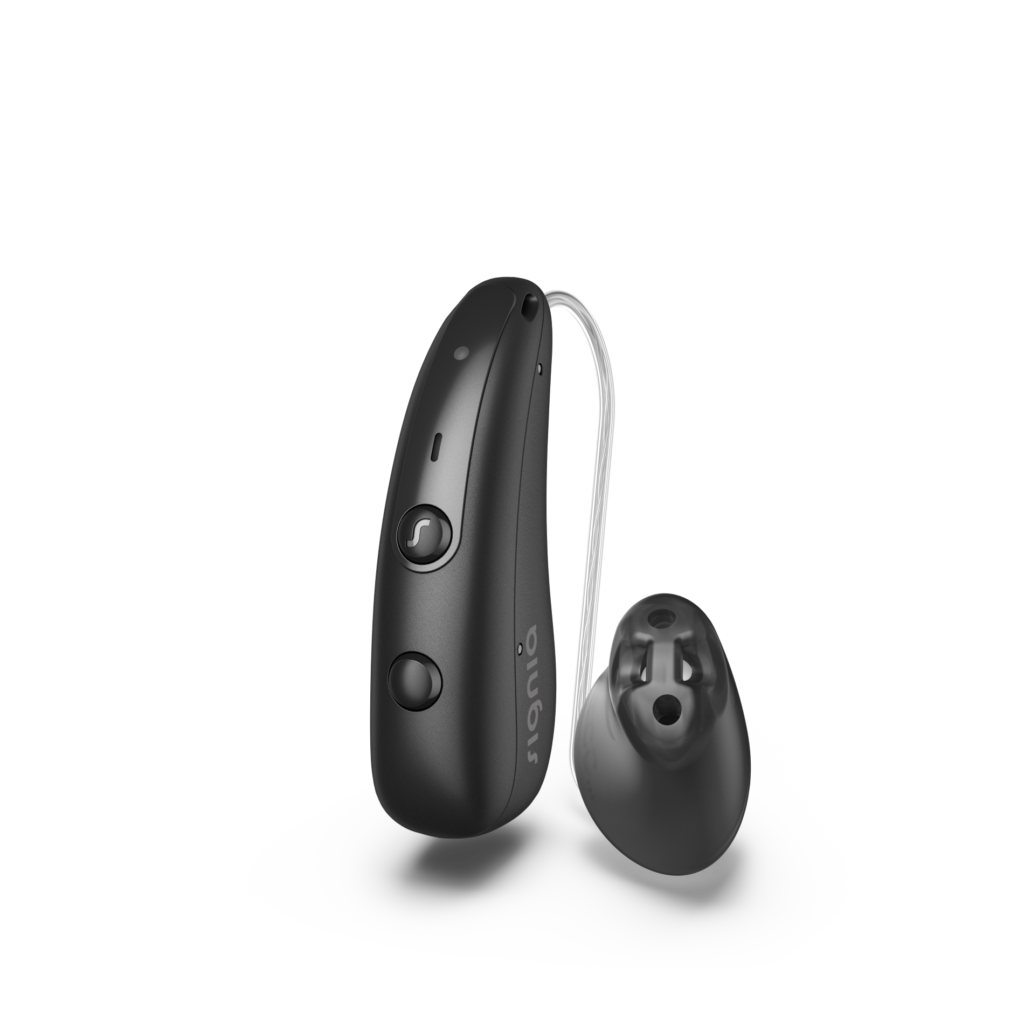
CROS compatibility
You’ll be delighted to hear that this new hearing aid is also CROS-compatible. This means it will work with the Pure Charge & Go IX CROS system, which is a setup designed for somebody with an unaidable hearing loss in one ear, and either normal hearing or a hearing loss that requires a hearing aid on the other side.
A CROS system is essentially designed as a transmitter that detects any sound that arrives on your poorer-hearing side and then wirelessly transmits that signal to your better-hearing ear, giving you access to the world of sound in 360°. And they can have an incredibly positive impact on people’s quality of life.
For example, if you’re sitting in the passenger seat of a car with your unaidable ear towards the driver, a CROS system would transmit the driver’s voice to a hearing aid in your better-hearing ear, allowing you to be able to hear them.
Water resistance
I’d be disappointed if these hearing aids didn’t have anything other than an IP68 rating, which is pretty much the industry standard nowadays throughout the hearing technology world — although it’s worth mentioning that this doesn’t apply to OTC hearing aids.
This means that they could technically be submerged in a meter and a half of water for 30 minutes, and they should still work without any issues.
Now, please, please don’t go swimming on the back of me saying this while wearing them. However, it does mean that if you get caught in the rain or accidentally jump into the shower, then you don’t need to panic.
Battery power
There’s no question that Signia has the most stylish charger out there, which, in my opinion, has a bit of an Apple-type feel to it. And despite the hearing aids themselves packing a punch of 35+ hours per charge, the pocket-sized case will also give you three extra charges.
So, you can go away for a long weekend and not have to worry about finding a power source.
Trial the Signia Pure Charge&Go BCT IX
The Signia Pure Charge&Go BCT IX and all other Signia hearing aids are available at Harley Street Hearing. Call us or complete our online form to book a consultation.
Signia Just Released What?! The New Pure Charge & Go BCT IX Review Video
Matthew Allsop is a Partner at Harley Street Hearing and a content creator for Hearing Tracker, where he shares his honest opinion on all new hearing aid technology. Hearing Tracker is the world’s first truly independent resource for hearing aid customers. You can watch his review of Signia’s Pure Charge & Go BCT IX below.
Enjoy this article? You might be interested in some of our others:















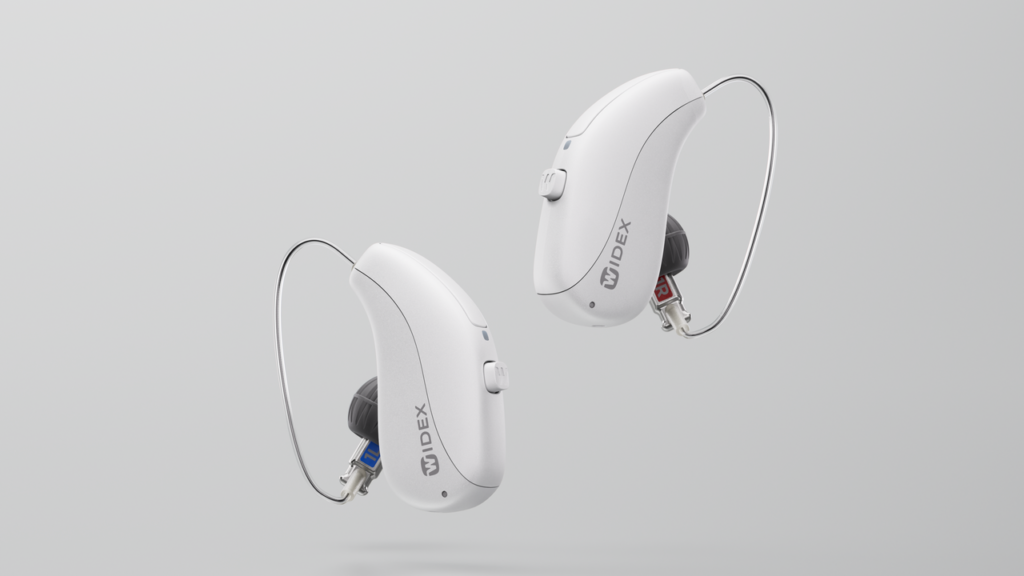

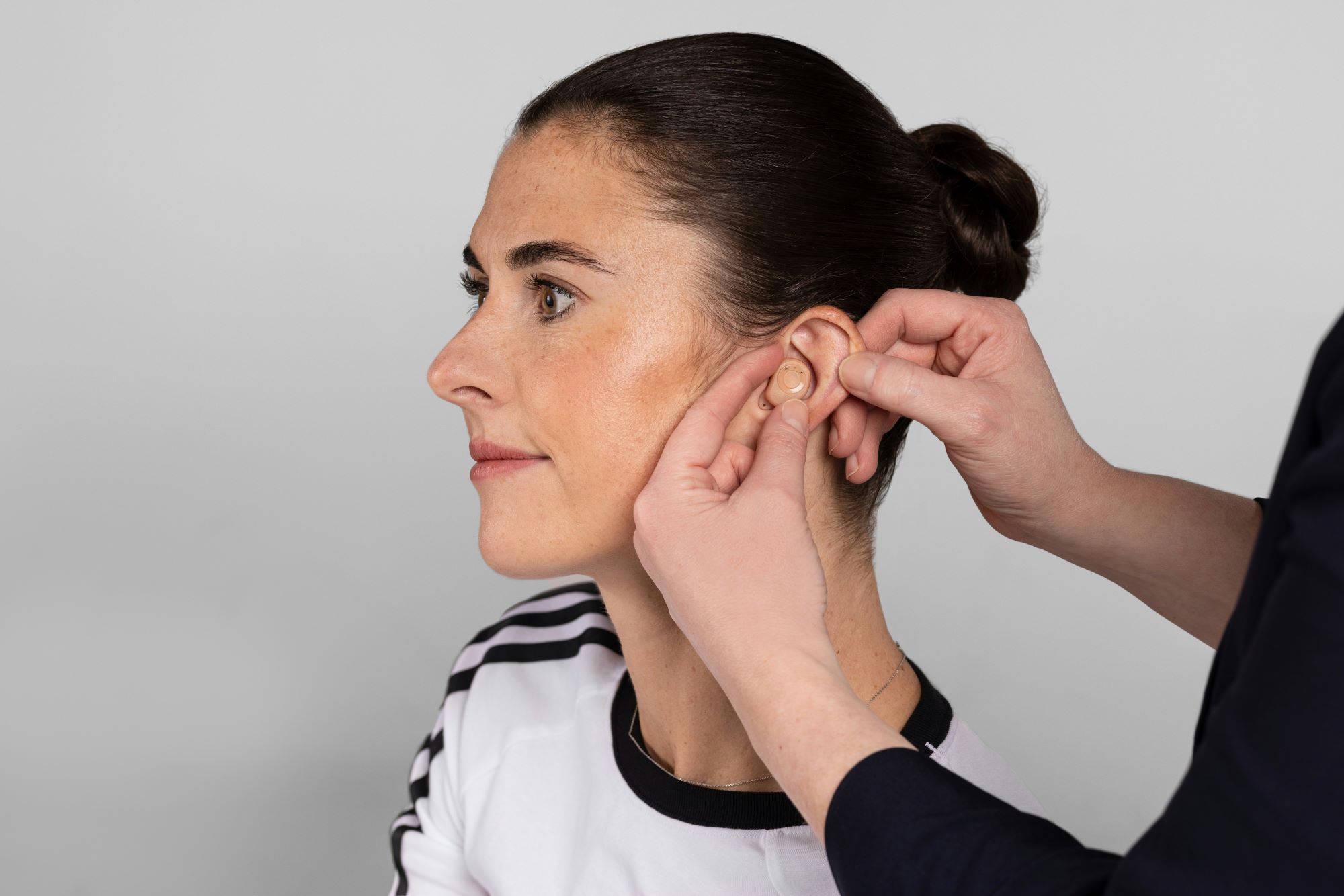

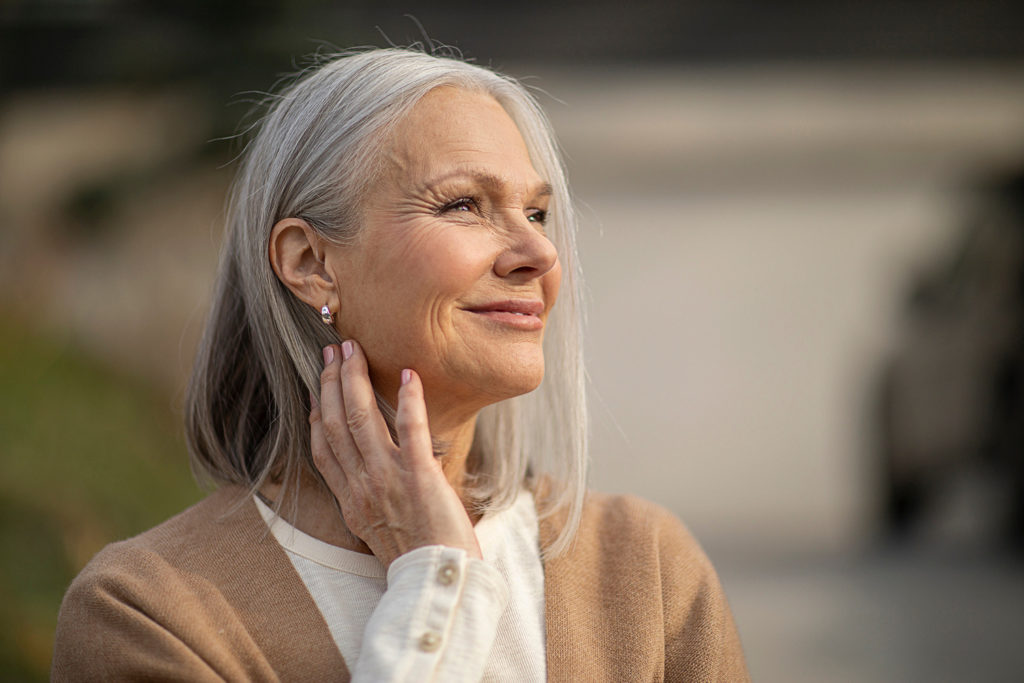
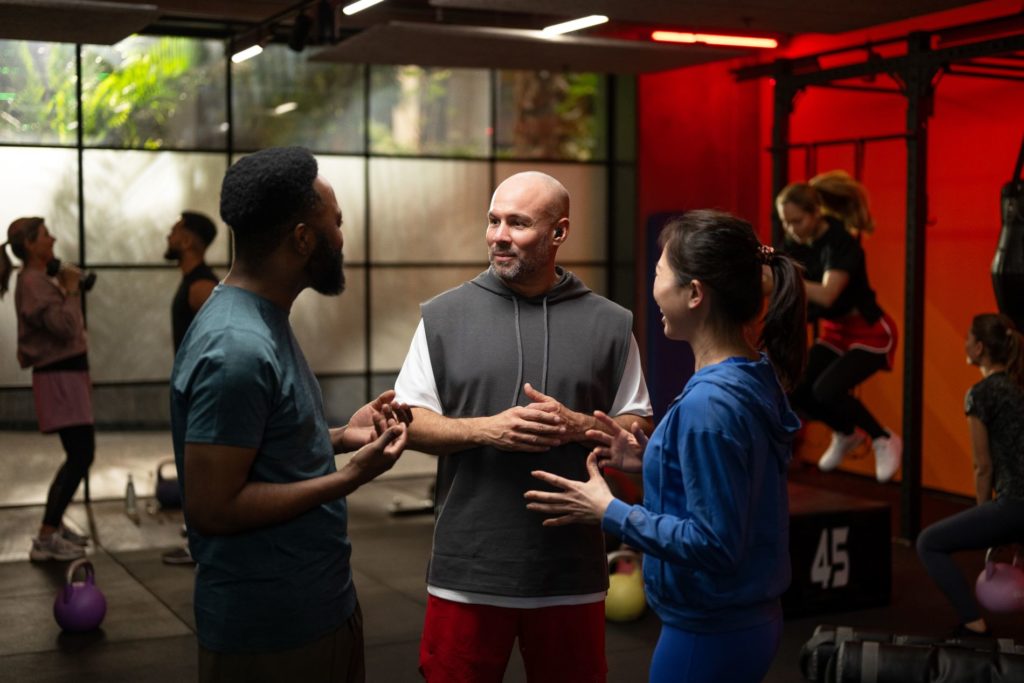







Recent Comments